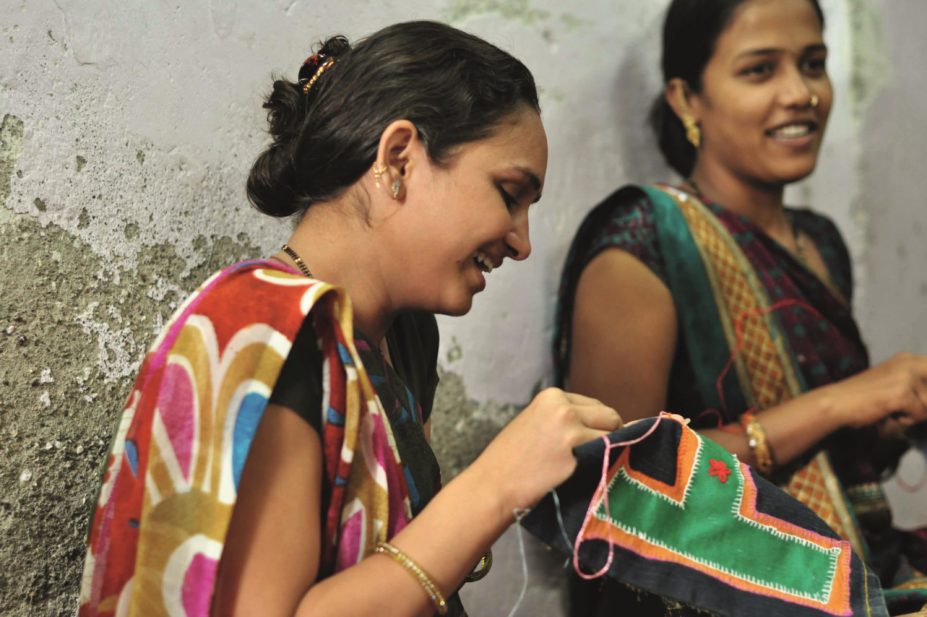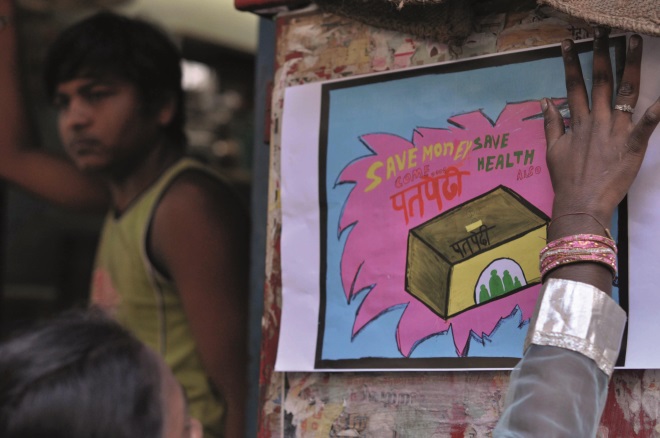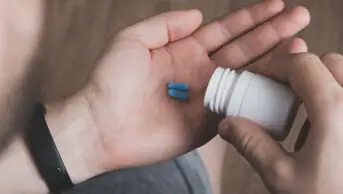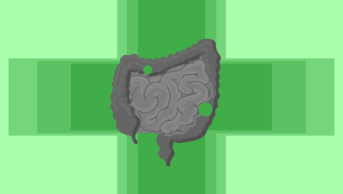
Benita Fernando © Dharavi Biennale, SNEHA
Featured prominently in the 2008 film ‘Slumdog Millionaire’ was the multi-ethnic, multi-religion Mumbai neighbourhood of Dharavi. Covering about a square mile, Dharavi is one of the world’s most populous and crowded slums. Numbers are not known with accuracy, but as many as a million people may live in its mainly illegally built homes.
Not surprisingly, informal settlements such as Dharavi have severe problems with public health. Overcrowding, a severe lack of toilet facilities and an inadequate supply of drinking water mean that over the years it has suffered epidemics of dysentery, typhoid, cholera, leprosy, amoebiasis, poliomyelitis and other infectious diseases.
A Mumbai-based non-governmental organisation, the Society for Nutrition, Education and Health Action (SNEHA), has been addressing Dharavi’s public health problems, targeting four large areas — maternal and newborn health, child health and nutrition, sexual and reproductive health, and prevention of violence against women and children.

Source: Benita Fernando © Dharavi Biennale, SNEHA
Local artists were teamed with health scientists and “mentor” artists to develop artworks that raised questions about urban health.
Recently SNEHA has tried tackling public health issues by the unusual method of promoting awareness through the creative arts. In 2013 it held an exhibition that used art to foster discussion on public health themes, and now it has hosted a three-week festival, described as the first “Alley Galli Biennale”, with funding from the Wellcome Trust and other supporters.
Held at various locations across Dharavi’s maze of alleyways between 15 February and 7 March 2015, the festival’s many events were designed to raise awareness of health, hygiene and safety issues without being preachy, while at the same time celebrating positive aspects of the neighbourhood and its residents.
Local artists were teamed with health scientists and “mentor” artists to develop artworks that raised questions about urban health. The results include an “immunity wall” that depicted the body’s immune system using recycled materials and everyday items (eg, red hair bobbles for red cells and scouring pads for B lymphocytes). Among other exhibits were a quilted map showing known locations of domestic violence, hand-painted pots arranged to show how sexually transmitted diseases spread, and block-printing on cloth to illustrate the various levels of depression — a problem thought to be widespread but under-diagnosed in Mumbai’s slums.

Source: Benita Fernando © Dharavi Biennale, SNEHA
Also on the programme of events were a puppet show with a message about tuberculosis, a Hindi version of ‘The Vagina Monologues’ (‘Yoni Ki Kahani’) ,and a play by local youth about love and sexuality. Demonstrations included guidance on recycling, on healthy eating and on growing plants that help to filter the air.
Early reports suggest that the festival was a success. Let us hope that SNEHA’s innovation inspires similar festivals in other slum areas around the world.


